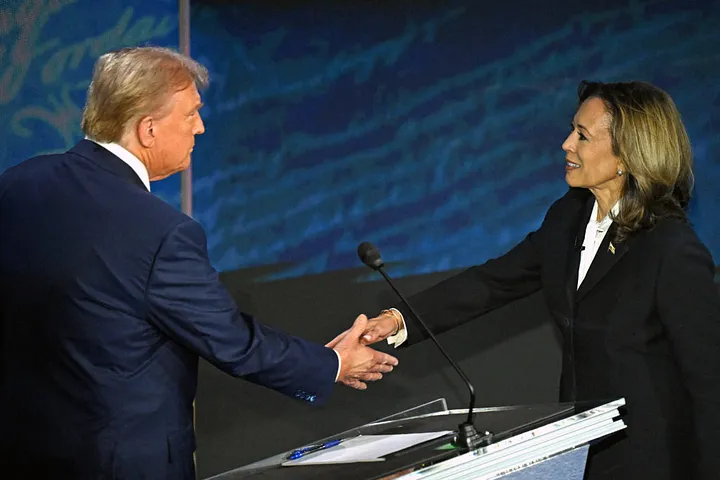With time to reflect on the September 10 presidential debate, its historical significance is clear. Vice President Kamala Harris is the first woman of Black and South Asian heritage to be nominated by a major party, while Donald Trump is only the seventh former president to seek re-election after leaving office, and the first since 1940. Notably, only Grover Cleveland succeeded in such an attempt.
While these historical aspects are significant, we watched the debate through a communications lens, focusing on the candidates’ effectiveness. Here are our communications observations or potential improvements:

Be Direct and Succinct
Debate speeches are capped at one minute each, so candidates must organize their thoughts and answer questions concisely. Vice President Harris excelled in this, while Trump’s responses were often rambling and disorganized, missing the opportunity for clear impact.
Use Familiar References
When pushing back on the economic plan that Harris proposed, Donald Trump’s reference to “run spot run” provides a juxtaposition to a rudimentary economic plan. Donald Trump’s reference to the children’s series Dick and Jane calls back to the childhood experiences of his audience. The use of familiar references as well as the use of alliteration are great ways to draw your audience into your message and help them remember your performance.
Address the American people
Vice President Harris consistently addressed “the American people,” looking directly into the camera, creating a sense of connection with the viewer. This tactic strengthens the bond with the audience, signaling she’s speaking directly to them, not just to her opponent.
Know Your Audience
During the debate, Kamala Harris pointed out that there were 800,000 Polish-Americans in Pennsylvania, where the debate was held. This specific nod to a local demographic highlights how knowing your audience can help tailor your message to resonate with key voters.
Control the Narrative
Both candidates worked to shape the debate’s narrative. Harris emphasized policies designed to improve Americans’ lives, such as a $6,000 child tax credit and a $50,000 tax deduction for small businesses. Trump, however, focused on divisive issues like abortion and immigration, using strong language to polarize voters. His use of incorrect claims, such as late-term abortion in the ninth month, reinforced his messaging of decline and his promise to fix it. While debunked by moderators, it underscores his strategy to control the narrative with emotionally charged statements.
For PR practitioners, the key takeaway is the importance of maintaining a consistent message. When facing difficult questions or critiques, it is crucial to return to your core points and values.
Be Prepared for Crisis
Former President Trump’s legal troubles were a prominent issue, offering a real-time case study in crisis communication. When discussing Border security, Harris addressed this with transparency, without becoming defensive, demonstrating that directly confronting controversy is often more effective than evasion.
Stick to the Facts
As misinformation continues to challenge our political process, it’s more important than ever for PR professionals to serve as gatekeepers of truth. Ensuring that facts are accurate and timely, particularly when countering false narratives, is vital in shaping public opinion.
This election cycle is truly historic, and we’ll continue to watch how the candidates evolve in their messaging as we approach Election Day, alongside the rest of America.


